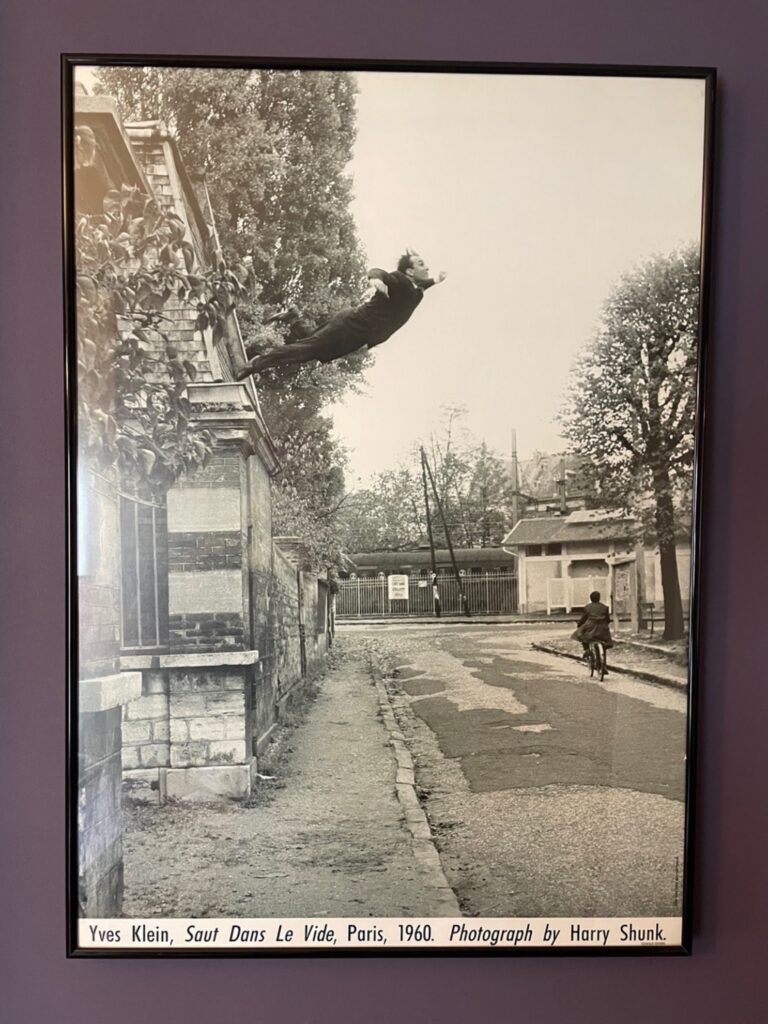Jeff Jackson is a novelist, playwright, visual artist, and songwriter. His second novel Destroy All Monsters was published by Farrar, Straus & Giroux in Fall 2018. It received advanced praise from Don DeLillo, Janet Fitch, Dana Spiotta, Ben Marcus, and Dennis Cooper.
His novella Novi Sad was published as a limited edition art book and selected for “Best of 2016” lists in Vice, LitReactor, and Entropy. His first novel Mira Corpora, published in 2013, was a Finalist for the Los Angeles Times Book Prize and featured on numerous “Best of the Year” lists, including Slate, Salon, The New Statesman, and Flavorwire.
His short fiction has appeared in Guernica, Vice, New York Tyrant, and The Collagist and been performed in New York and Los Angeles by New River Dramatists.
Each week, we publish a new daily writing routine from a famous author. Subscribe to our newsletter so you don’t miss out!
Hi Jeff, great to have you on Famous Writing Routines. We’re really excited to talk to you about your writing routine and process. For those who may not know, can you please tell us a little bit about yourself?
It’s nice to talk with you. I’m a fiction writer who’s published two novels and a novella. I also make work in a number of other genres, all of which have shaped my artistic process.
As a playwright, six of my plays were produced by the Obie-Award winning Collapsable Giraffe company in New York City. One highlight was Dream of the Red Chamber, a 14-hour adaptation of the epic Chinese novel. We provided 60 beds and invited the audience to sleep through the performance—so it became a literal dream play.
I also write songs and perform with the band Julian Calendar. We’ve released an album and series of EPs entitled Crimson Static. The music has been described as “art punk,” though we’re more invested in creating interesting songs than sticking to any genre.
As a visual artist, I make collages and installations using found objects and ritual techniques. And I currently live in Charlotte, N.C.
Do you remember the first moment you realized you wanted to become a writer?
Growing up, my heart was set on being a comic book artist but I didn’t have the talent. I’m not sure when that impulse shifted to writing. Probably around the time I took a creative writing class in high school. I vividly recall how everything dropped away when I worked on short stories. How the characters and scenarios came alive in unexpected ways. Somewhere in the back of my mind, a seductive voice whispered that maybe I could do this.
Can you take us behind the creative process for your book, Destroy All Monsters?
Destroy All Monsters began as a computer file that I sporadically added notes to over the course of many years. Eventually, it felt like it could be a novel. The premise about an epidemic of violence targeting musicians was there from the start, long before those events happened in the real world.
From my notes, I created a rough outline for the story. For me, an outline is a living document that changes as the book evolves. I constantly revise and expand it as I learn more about the story. It’s a roadmap with room for detours and surprises.
Like a vinyl single or cassette tape, Destroy All Monsters has both a Side A and Side B. You read one side, then turn the book over and upside-down and read the other. You can start from either direction—there’s no set beginning or end.
I wrote Side A first and believed the book was done. But I was haunted by the idea of a possible B Side. Something that would delve deeper into the killers’ motivations as well as dramatize the fresh grief of the victims at a funeral.
When I started the B Side, I thought it might work as a thematically related novella that stood on its own. Similar to how my novella Novi Sad orbits the world of my first novel Mira Corpora. But as the project progressed, I realized it was intricately intertwined with the main story. In fact, the two parts comprised an even more complete whole.

What does a typical writing day look like for you?
A good writing day starts the night before. I’ve edited the previous day’s pages so those revisions are waiting for me in the morning. Inputting these changes is my first task when I sit down to write. It gives me something straightforward to accomplish while my brain is slowly waking up.
I try to write for several hours in the morning before accessing the internet or turning on my phone. I take a break to eat, then spend another few hours writing. Then another break for a walk and running errands or a quick visit to my visual art studio.
Before dinner, I look over what I’ve written and print out the pages. An hour before bed, I edit those pages by hand in preparation for the next day.
That’s the platonic ideal. Often I’m juggling various freelance assignments, so there’s rarely a typical and uninterrupted writing day. That’s something I hope to change in the future.
Do you have a target word count or a set amount of hours you like to write each day?
I never set a target word count. It’s too arbitrary. Plus it smacks of the productivity goals you find in the business world. Creativity follows different principles. Sometimes a great writing day involves losing hundreds of words while fixing a problematic section.
When I’m in the flow of a book, I try to write for as many hours as possible. I’ll put off other work and ignore messages from friends. I become greedy for time with the manuscript. If things are going more slowly, I hope to get in at least an hour or two.
When I can’t find any dedicated time, I try to make notes about the story or open the file on my computer and read over the work for 5-10 minutes. Maybe change a word here and there. It’s my way of keeping in touch with the book, letting it know I’m still there.
Some of the best writing advice I ever received was from novelist Brian Morton. He said that you shouldn’t think of your writing practice as an obligation you have to meet, but as a perversion you get to indulge.
Can you talk about some of your must-have writing tools?
I write all my drafts using Word, which has become an essential tool. A printer is important, too. I print out early pages (with large margins) so I can make changes by hand. It’s easier for me to envision sweeping transformations and small syntactical shifts when I’m staring at a physical sheet of paper.
When I’m working on a novel, I’m always jotting down possible plot manoeuvres, striking images, stray phrases—either by pen or mechanical pencil. Usually these thoughts go into a dedicated notebook, though any scrap of paper will do in a pinch. On rare occasions, I use the notes app on my phone.
Whenever you hit a roadblock during a writing session, what are some of the methods you use to get back into the flow of things?
First, I try to figure out what type of roadblock it is. If I’m suffering from a loss of nerve—which happens more often than I’d like to admit—I try to regain my courage by spending time reading books and watching films that really push the boundaries of form and content.
If the roadblock appears because something is wrong with the story and a major element needs to be rethought, that’s trickier. The most important thing is to stay loose and open to possibilities. I’ll leave the house and write somewhere different to see if that unlocks anything. Sometimes I’ve imagined the worst and most ridiculous solutions to the problem—that can shake loose some interesting options.
What works best is going to my art studio and making something with objects and images. Creating visual work gives my brain a welcome break from language while still solving problems in a playful way. Soon enough, the writing roadblock usually solves itself.
What does your writing workspace look like?
I have a small office in the front of my house with a desk, two bookcases, and a chair for reading, Over the years various pieces of furniture have come and gone, but one thing has remained constant: the picture of Yves Klein’s Saut Dans La Vide [“Leap into the Void”].
No matter where I’ve lived, this image has hung by my desk. It serves as a prod to be fearless in my work and a reminder that art should venture into the unknown. Even if – as the cyclist blithely pedalling down the street indicates – nobody else seems to notice.
So instead of the usual photograph of a desk, here’s my framed picture of Yves Klein’s immortal leap. It’s given me years of inspiration and I hope it brings some to others as well.

Before you go…
Each week, we spend hours upon hours researching and writing about famous authors and their daily writing routines. It’s a lot of work, but we do it out of our love for books and learning about these authors’ creative process, and we certainly don’t expect anything in return. However, if you’re enjoying these profiles each week, and would like to send something our way, feel free to buy us a coffee!



No Comments